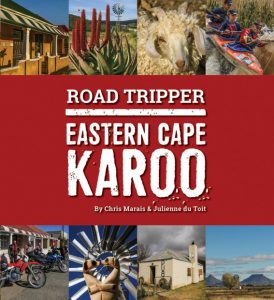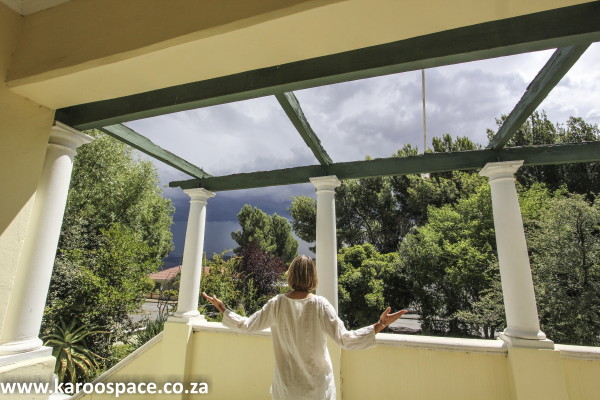
Have You Ever Seen The Rain?
People who live in the desert love rain. They love it in ways city people don’t understand. In the Karoo and the Kalahari, the horizons are so wide you can see the weather coming while it is still hours away. You can see clouds coalesce and darken over the mountains, then advance, walking on legs […]

People who live in the desert love rain. They love it in ways city people don’t understand.

In the Karoo and the Kalahari, the horizons are so wide you can see the weather coming while it is still hours away. You can see clouds coalesce and darken over the mountains, then advance, walking on legs of rain and lightning.
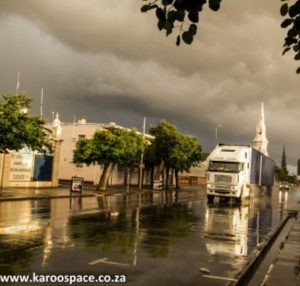
When it rains in the desert, people switch off their televisions and radios to listen to it falling. They revel in the drumroll on tin roofs. They leave their windows and doors open so they can smell that delicious rain-on-earth fragrance.
They’ll stand at the windows and watch it bucketing down. They’ll wake up in the night to listen to it. Some will even dab a bit of wet clay on their tongues to taste it.
Farmers cannot resist venturing out to see how their lands look, newly wet. It inevitably ends with a comedy of bakkies getting stuck in the slick mud, and tractors being started up to pull them out.
The day after the rains, the first subject of conversation in town is invariably how much has fallen and where, because in the Karoo, one area can remain practically dry while another one experiences a cloudburst.
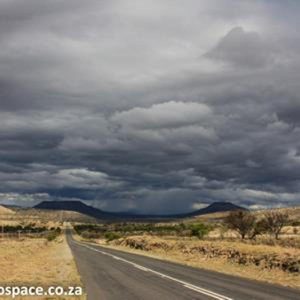
Here, rain is still measured in inches and points. Only the younger generation use metric measurements.
When boreholes are drilled, there are celebrations when water is reached, especially out in the dry northern Kalahari. The water is tasted and ‘baptised’. Someone is inevitably thrown into the mud.
In the western and northern parts of the Karoo, brackish water is common, and people get so used to the salt that if they move away, they’ll add a pinch of salt to their coffee.
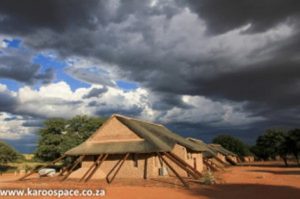
It’s these desert people, the ones who can tell you to a millimetre how much rain has fallen and how high the water table is, who are being told by Shell and the Government to risk their groundwater for shale gas.
City people, who mostly see rain as a stormwater drainage issue, telling desert people to risk their land and water for no benefit, to bet against their children’s futures.
You can understand why the desert people are fighting back.
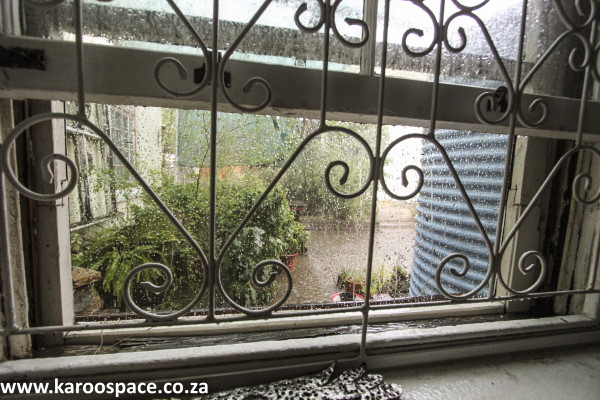
Written by Julienne du Toit with Photographs by Chris Marais
Please view the original article on www.KarooSpace.co.za and join the bestselling authors for their new classic holiday adventure via the pages of their Traveller’s Companion book, Road Tripper Eastern Cape Karoo. For the Print Book Click HERE and for the Ebook click HERE.
